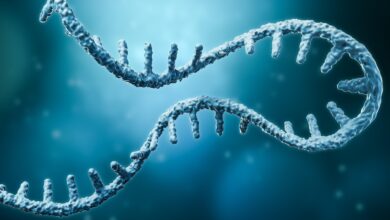2-Billion-Year-Old Nuclear Mega-Reactor Discovered in Africa
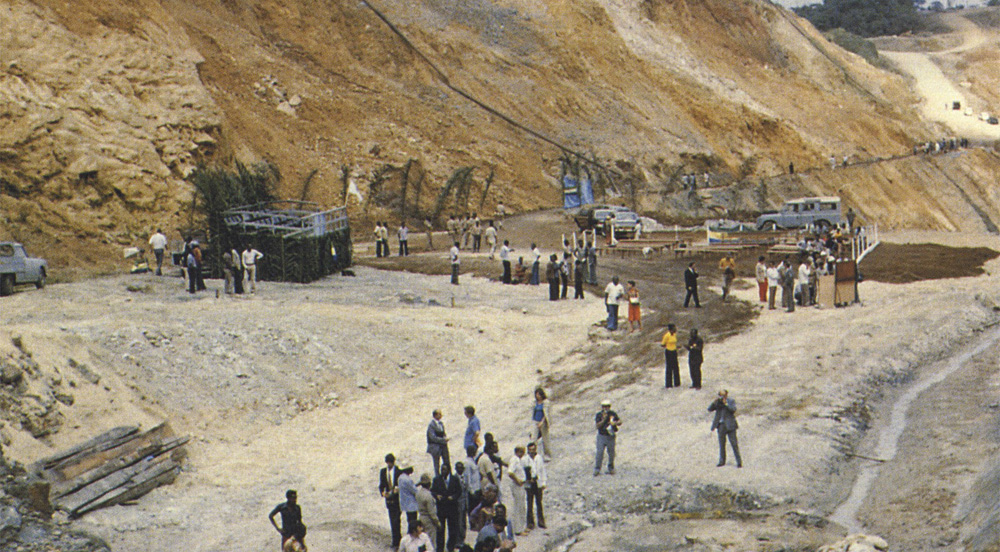
In 1972, a worker at a nuclear fuel processing plant noticed something suspicious in a routine analysis of uranium obtained from a normal mineral source from Africa.
As is the case with all natural uranium, the material under study contained three isotopes — i.e. three forms with different atomic masses: uranium 238, the most abundant variety; uranium 234, the rarest; and uranium 235, the isotope that is coveted because it can sustain a nuclear chain reaction.
For weeks, specialists at the French Atomic Energy Commission (CEA) remained perplexed.
Elsewhere in the earth’s crust, on the moon and even in meteorites, we can find uranium 235 atoms that make up only 0.720 percent of the total. But in the samples that were analyzed, which came from the Oklo deposit in Gabon, a former French colony in West Africa, the uranium 235 constituted only 0.717 percent.
That small difference was enough to alert French scientists that there was something very strange going on with the minerals.
These small details led to further investigations which showed that least a part of the mine was well below the normal amount of uranium 235: some 200 kilograms appeared to have been extracted in the distant past, today, that amount is enough to make half a dozen nuclear bombs.
Soon, researchers and scientists from all over the world gathered in Gabon to explore what was going on with the Uranium from Oklo.
What was fund in Oklo surprised everyone gathered there, the site where the uranium originated from is actually an advanced subterranean nuclear reactor that goes well beyond the capabilities of our present scientific knowledge.
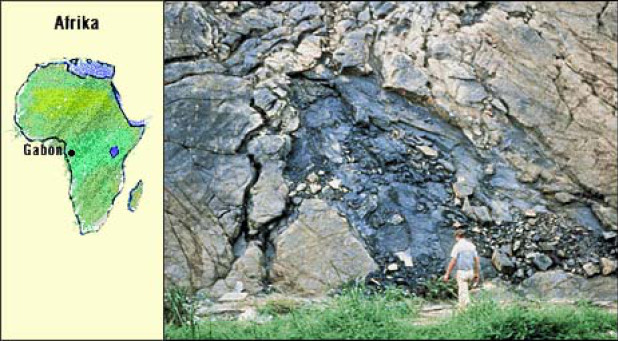
Researchers believe that this ancient nuclear reactor is around 1.8 billion years old and operated for at least 500,000 years in the distant past.
Scientists performed several other investigations at the uranium mine and the results were made public at a conference of the International Atomic Energy Agency. According to News agencies from Africa, researchers had found traces of fission products and fuel wastes at various locations within the mine’s area.
Incredibly, our modern-day nuclear reactors are really not comparable both in design and functionality with this huge mega reactor.
According to studies, this ancient nuclear reactor was several kilometers long. Interestingly, for a large nuclear reactor like this, the thermal impact on the environment was limited to just 40 meters on all sides.
What researchers found even more astonishing, are the radioactive wastes that have still not moved outside the limits of the site as they have still held in place thanks to the geology of the area.
What is surprising is that a nuclear reaction had occurred in a way that the plutonium, the by-product, was created and the nuclear reaction itself had been moderated, which is considered as a “holy grail” for atomic science.
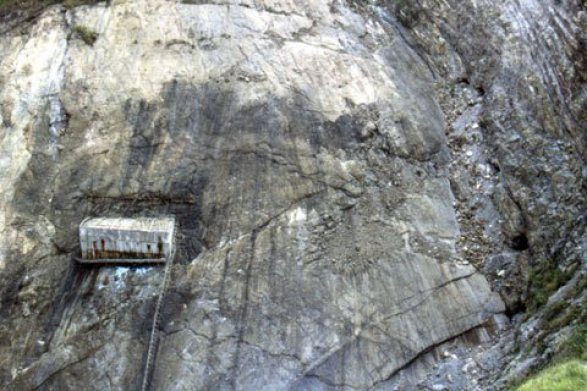
The ability to moderate the reaction means that once the reaction was initiated, it was possible to leverage the output power in a controlled way, with the ability to prevent catastrophic explosions or the release of the energy at a single time.
Researchers have dubbed the Nuclear Reactor at Oklo as a “natural Nuclear Reactor” but the truth about it goes far beyond our normal understanding.
Some of the researchers that participated in the testing of the Nuclear reactor concluded that the minerals had been enriched in the distant past, around 1.8 billion years ago, to spontaneously produce a chain reaction.
They also concluded that water had been used to moderate the reaction in the same way that the modern nuclear reactors cool down using graphite-cadium shafts preventing the reactor from going into critical state and exploding. All of this, “in nature”?
However, Dr. Glenn T. Seaborg, former head of the United States Atomic Energy Commission and Nobel Prize winner for his work in the synthesis of heavy elements, pointed out that for uranium to “burn” in a reaction, conditions must be exactly right.
For example, the water involved in the nuclear reaction must be extremely pure. Even a few parts per million of contaminant will “poison” the reaction, bringing it to a halt. The problem is that no water that pure exists naturally anywhere in the world.
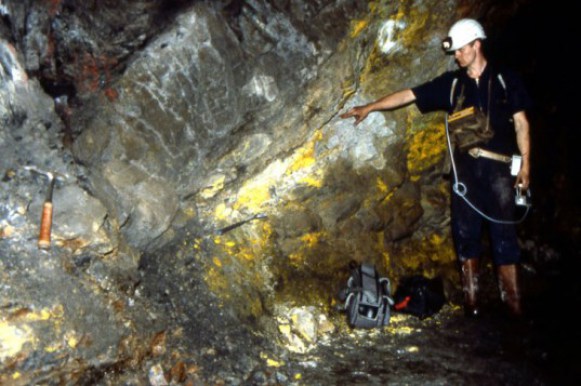
Several specialists talked about the incredible Nuclear Reactor at Oklo, stating that at no time in the geologically estimated history of the Oklo deposits was the uranium sufficiently rich (i.e. Uranium 235) for a natural nuclear reaction to occur.
When these deposits were formed in the distant past, due to the slowness of the radioactive decay of U-235, the fissionable material would have constituted only 3 percent of the total deposits — something too low, mathematically speaking, for a nuclear reaction to take place.
However, a reaction took place mysteriously, suggesting that the original uranium was far richer in Uranium 235 than it is found in a natural formation.

